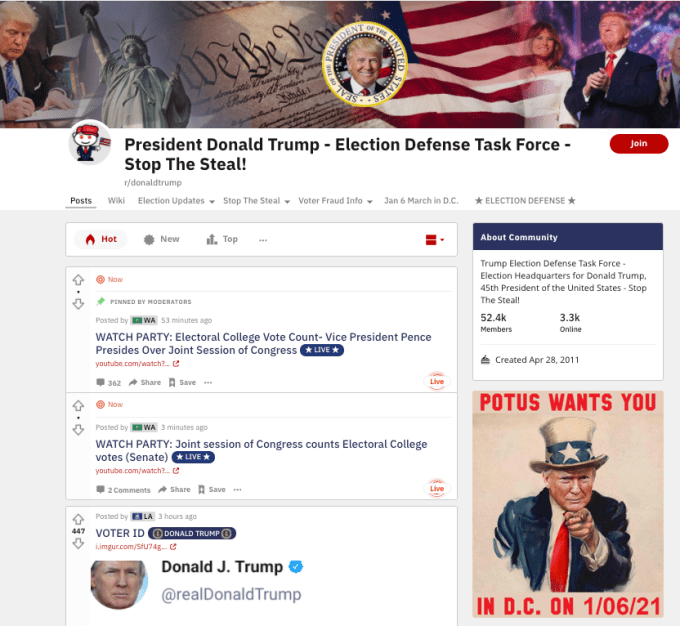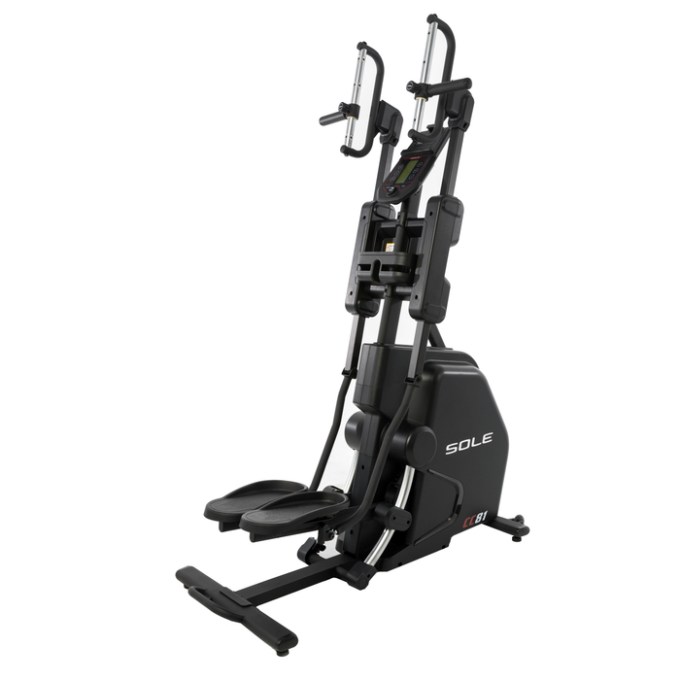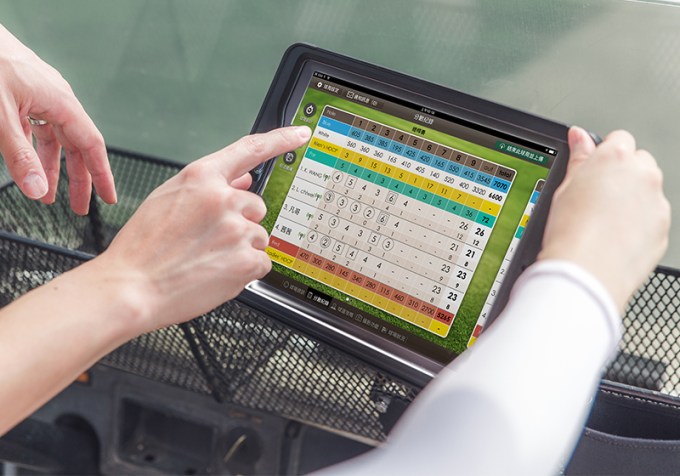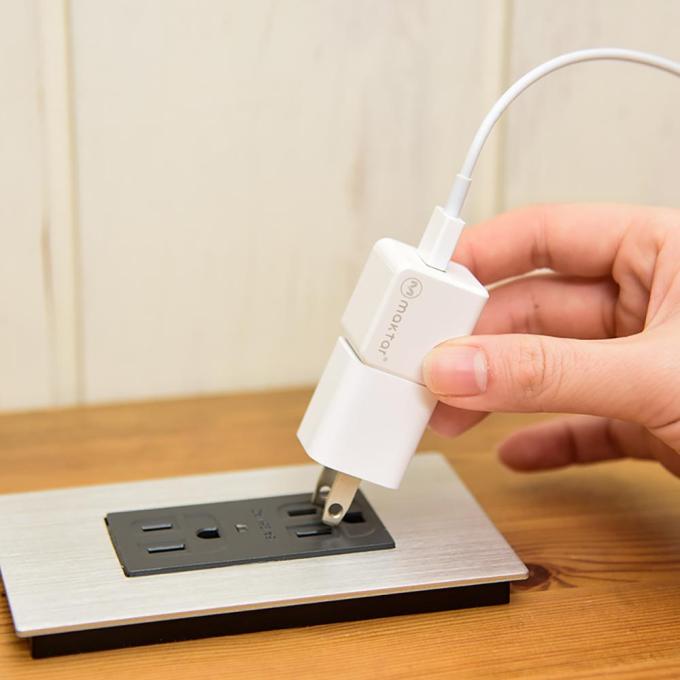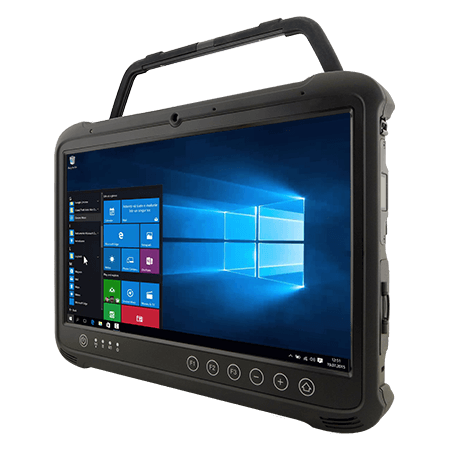News: Stolen computers are the least of the government’s security worries
Reports that a laptop from House Speaker Nancy Pelosi’s office was stolen during the pro-Trump rioters’ sack of the Capitol building has some worried that the mob may have access to important, even classified information. Fortunately that’s not the case — even if this computer and others had any truly sensitive information, which is unlikely,
Reports that a laptop from House Speaker Nancy Pelosi’s office was stolen during the pro-Trump rioters’ sack of the Capitol building has some worried that the mob may have access to important, even classified information. Fortunately that’s not the case — even if this computer and others had any truly sensitive information, which is unlikely, like any corporate asset it can almost certainly be disabled remotely.
The cybersecurity threat in general from the riot is not as high as one might think, as we explained yesterday. Specific to stolen or otherwise compromised hardware, there are several facts to keep in mind.
In the first place, the offices of elected officials are in many ways already public spaces. These are historic buildings through which tours often go, in which meetings with foreign dignitaries and other politicians are held, and in which thousands of ordinary civil servants without any security clearance would normally be working shoulder-to-shoulder. The important work they do is largely legislative and administrative — largely public work, where the most sensitive information being exchanged is probably unannounced speeches and draft bills.
But recently, you may remember, most of these people were working from home. Of course during the major event of the joint session confirming the electors, there would be more people than normal. But this wasn’t an ordinary day at the office by a long shot — even before hundreds of radicalized partisans forcibly occupied the building. Chances are there wasn’t a lot of critical business being conducted on the desktops in these offices. Classified data lives in the access-controlled SCIF, not on random devices sitting in unsecured areas.
In fact, the laptop is reported by Reuters as having been part of a conference room’s dedicated hardware — this is the dusty old Inspiron that lives on the A/V table so you can put your Powerpoint on it, not Pelosi’s personal computer, let alone a hard line to top secret info.
Even if there was a question of unintended access, it should be noted that the federal government, as any large company might, has a normal IT department with a relatively modern provisioning structure. The Pelosi office laptop, like any other piece of hardware being used for official House and Senate business, is monitored by IT and should be able to be remotely disabled or wiped. The challenge for the department is figuring out which hardware does actually need to be handled that way — as was reported earlier, there was (understandably) no official plan for a violent takeover of the Capitol building.
In other words, it’s highly likely that the most that will result from the theft of government computers on the 6th will be inconvenience or at most some embarrassment should some informal communications become public. Staffers do gossip and grouse, of course, on both back and official channels.
That said, the people who invaded these office and stole that equipment — some on camera — are already being arrested and charged. Just because the theft doesn’t present a serious security threat doesn’t mean it wasn’t highly illegal in several different ways.
Any cybersecurity official will tell you that the greater threat by far is the extensive infiltration of government contractors and accounts through the SolarWinds breach. Those systems are packed with information that was never meant to be public, and will likely provide fuel for credential-related attacks for years to come.

